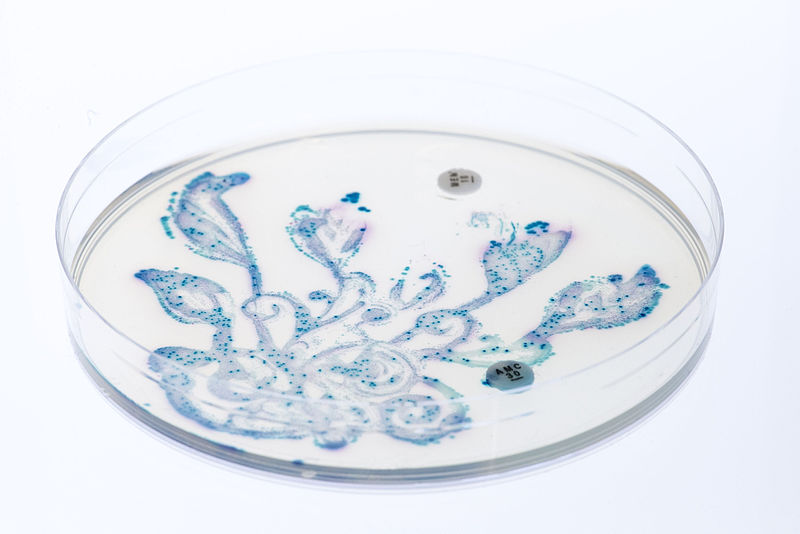New Advances in Multiple Sclerosis Treatment
Multiple Sclerosis (MS), is a demyelinating, autoimmune disease of the central nervous system (CNS), which includes the brain and spinal cord. In it, the body’s cells malfunction and attack its own myelin sheath, which are adipose (fatty) tissues that surround and protect nerve fibers in the CNS. Because the myelin sheath is damaged, the nerves are exposed and at risk for being damaged themselves or even destroyed. MS prevents proper communication between the CNS and PNS (the peripheral nervous system---the nerves in the rest of the body) and causes the nerves to misfire. Depending where the nerve damage occurs and the progression of the disease, people can experience symptoms such as numbness or weakness on one side of the body, extended double vision, loss of vision (partial or complete), tingling sensations throughout the body, tremors or unsteady movement, slurred speech, fatigue or dizziness, and problems with bladder or bowel performance. MS is the most prevalent neurological disease in young adults, affecting around 2.3 million people. At the moment, there is no standardized cure for MS; however, new research has shown a potential treatment method.
Image Source: Clker-Free-Vector-Images
University of Florida health researchers have discovered a new gene therapy where a the inhibition of effector T-cells reverses MS in mouse models. The researchers employed a benign virus, adeno-associated virus (AAV), to host a myelin sheath protein called myelin oligodendrocyte glycoprotein (MOG). MOG is a primary target antigen for immune-system-mediated demyelination. Using AAV, researchers injected MOG into the livers of the mouse models. This injection produces specific regulatory CD4+ T-cells, also known as Treg cells. They help prevent the onset of autoimmune diseases by maintaining immunologic self-tolerance and suppressing effector T-cells from activativating and attacking the myelin sheath around the nerves.
This gene therapy was tested in groups of 5-10 mice and reproduced in multiple trials; after seven months, the mice treated with the approach had no symptoms of MS. The effectiveness of the therapy was improved when it was combined with the immunotherapeutic drug, Rapamycin. Rapamycin is commonly used to prevent organ transplant rejection because it induces regulatory T-cells to grow and blocks the harmful effector T-cells. The Rapamycin and gene therapy combined approach was administered to two out of the numerous sets of mice; 71% and 80% of the mice respectively experienced partial remission after suffering from hind-limb paralysis for the former and quadriplegia (paralysis of the arms and legs) for the latter. In the future, researchers hope that this combination will be effective in inhibiting the spread of MS and preventing remission.
This gene therapy was tested in groups of 5-10 mice and reproduced in multiple trials; after seven months, the mice treated with the approach had no symptoms of MS. The effectiveness of the therapy was improved when it was combined with the immunotherapeutic drug, Rapamycin. Rapamycin is commonly used to prevent organ transplant rejection because it induces regulatory T-cells to grow and blocks the harmful effector T-cells. The Rapamycin and gene therapy combined approach was administered to two out of the numerous sets of mice; 71% and 80% of the mice respectively experienced partial remission after suffering from hind-limb paralysis for the former and quadriplegia (paralysis of the arms and legs) for the latter. In the future, researchers hope that this combination will be effective in inhibiting the spread of MS and preventing remission.
Featured Image Source: TheDigitalArtist
RELATED ARTICLES
|
Vertical Divider
|
Vertical Divider
|
Vertical Divider
|






